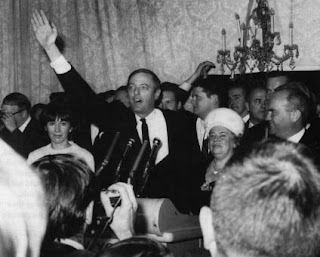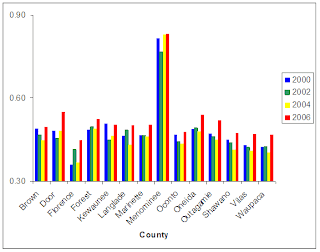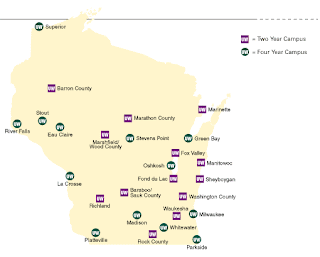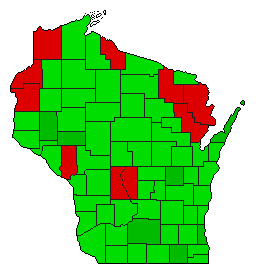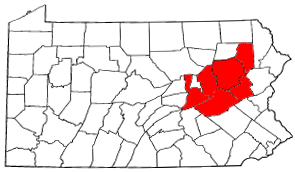 Republicans are talking up pickup possibilities in PA11, which would be quite a coup given the Dems' long hold on the seat and the bleak outlook for the House GOP this fall.
Republicans are talking up pickup possibilities in PA11, which would be quite a coup given the Dems' long hold on the seat and the bleak outlook for the House GOP this fall.More on this race to come, but when researching this CD, the Almanac of American Politics' noted that this Pennsylvania Coal Region's "honest jobs with long hours, modest pay, poor working conditions and high death rates" are "facts of life that made the violently pro-union Molly Maguires popular here." Wikipedia's (albeit never quite authoritative) entry on the "Mollies" includes a map (above) of Coal Region counties, noting their influence here.
PA11 doesn't quite overlap with these five counties - Lackawanna, Luzerne, Columbia, Schuylkill, Carbon, and Northumberland - but it takes in parts or all of three of these counties (Shuylkill falls in PA11 and Northumberland in PA17).
Curiously, for a region with a tradition of sometimes violent labor unrest, none of these counties have returned a notable left wing vote. Only in Northumberland did Eugene Debs' crack double digits and push incumbent Republican president Wm. Howard Taft into fourth place in 1912, his Socialist Party's banner year. And that year, Teddy Roosevelt failed to carry the whole region even as when he captured the Keystone State's electoral votes. Only in Luzerne did LaFollette outperform his statewide average in '24. Luzerne and Luckawanna were two rare mid-Penn. counties to go vote Dem in 2004, and generally have Democratic traditions, but the other three have voted GOP for the most part, excepting '64 and FDR's reign, though Columbia voted Dem during around the turn of the century.
For a socially conservative, labor-heavy white working class region, George Wallace's populist appeal fell flat in Coal Region in '68, with just around 5% in this area, unlike the Philly and Pittsburgh areas where he racked up more impressive numbers in similar prectincts.
More evidence of the region's social conservatism and the apparent ability of the coal companies to suppress labor's electoral success here: the Prohibition Party outvoted the various Socialist and labor parties in Coal Region during their 1890's and 1900's heyday.



